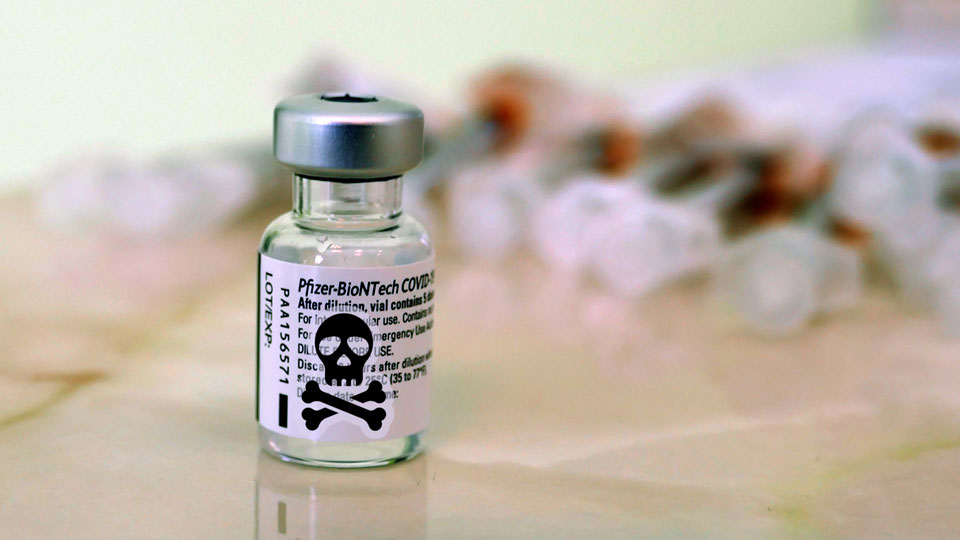
It occurs in males and females but is more common after the second dose in boys aged 12-17 years (13 cases per 100,000 Comirnaty doses and 24 cases per 100,000 Spikevax doses) and men under 30 (9 cases per 100,000 Comirnaty doses and 23 cases per 100,000 Spikevax doses). Myocarditis is reported in around 1-2 in every 100,000 people who receive Comirnaty (Pfizer) and around 2 in every 100,000 of those who receive Spikevax (Moderna). It is usually temporary, with most people getting better within a few days. Myocarditis is a known but very rare side effect of Comirnaty (Pfizer) and Spikevax (Moderna).thrombosis with thrombocytopenia syndrome (TTS), Guillain-Barre syndrome (GBS) and immune thrombocytopenia (ITP) following Vaxzevria (AstraZeneca) in adults.myocarditis and pericarditis (inflammation of the heart or membrane around the heart) following vaccination, particularly in younger age groups.We are carefully monitoring and reviewing reports of:.This reflects what was seen in the clinical trials. The most frequently reported include injection-site reactions (such as a sore arm) and more general symptoms, like headache, muscle pain, fever and chills. Like all medicines, COVID-19 vaccines may cause some side effects.The most up-to-date recommendations for the use of the COVID-19 vaccines are available from the Australian Technical Advisory Group on Immunisation (ATAGI).The protective benefits of vaccination far outweigh the potential risks. Vaccination against COVID-19 is the most effective way to reduce deaths and severe illness from infection.Learn more about causality and our COVID-19 vaccine safety monitoring and reporting activities. We encourage people to report suspected side effects, even if there's only a very small chance a vaccine was the cause.

This is the most intensive safety monitoring ever conducted of any vaccines in Australia. The TGA closely monitors reports of suspected side effects (also known as adverse events) to the COVID-19 vaccines. To be registered for use, these vaccines must have met the TGA's high standards for quality, safety and effectiveness. Four main COVID-19 vaccines are currently in use in Australia - Comirnaty (Pfizer), Spikevax (Moderna), Vaxzevria (AstraZeneca), and Nuvaxovid (Novavax). World Health Organization (WHO) Immunization Stress Related Responses. Anaphylaxis: case definition and guidelines for data collection, analysis, and presentation of immunization safety data. Rüggeberg JU, Gold MS, Bayas JM, Blum MD, Bonhoeffer J, Friedlander S et al. ATAGI Statement on Revised Recommendations on the Use of COVID-19 Vaccine AstraZeneca. Pathologic antibodies to platelet factor 4 after ChAdOx1 nCoV-19 vaccination. Scully M, Singh D, Lown R, Poles A, Solomon T, Levi M et al. Thrombotic thrombocytopenia after ChAdOx1 nCov-19 vaccination. Greinacher A, Thiele T, Warkentin TE, Weisser K, Kyrle PA, Eichinger S. © 2021 Royal Australasian College of Physicians. Overall, the present study reinforces the safety of BNT162b2 in the Australian population, describes vaccination completion rates after adverse events and identifies predisposing factors for rare allergic reactions to the vaccine.īNT162b2 mRNA vaccine COVID-19 adverse event allergic reaction anaphylaxis. Only two patients experienced anaphylaxis (0.003% of total doses), in keeping with low rates of adverse reactions to the BNT162b2 vaccine in the current literature. A female predominance was present in both total adverse reactions (70%) and allergic vaccine reactions (79%). Nineteen (0.03% of total doses) people were reviewed for an allergic reaction, of which 10 (53%) reported a history of prior allergies.


Of the 110 patients who experienced an adverse event with their first dose of the vaccine, 90% returned for their second dose of the vaccine, with 87% not reporting any further adverse reaction with the subsequent dose. A total of 243 adverse events following immunisation (0.42% of total vaccine doses) were recorded in the immediate observation period post-vaccination, which were predominantly immunisation stress-related responses. We performed a retrospective review of medical records for 57 842 vaccinations, and describe the model of care and adverse event rate at the clinic during its first 2 months of operation. We report on BNT162b2 safety in the observation period in a dedicated vaccination clinic linked to a quaternary teaching hospital. The Pfizer/BioNtech BNT162b2 is a major vaccine used in the Australian COVID-19 immunisation programme.


 0 kommentar(er)
0 kommentar(er)
